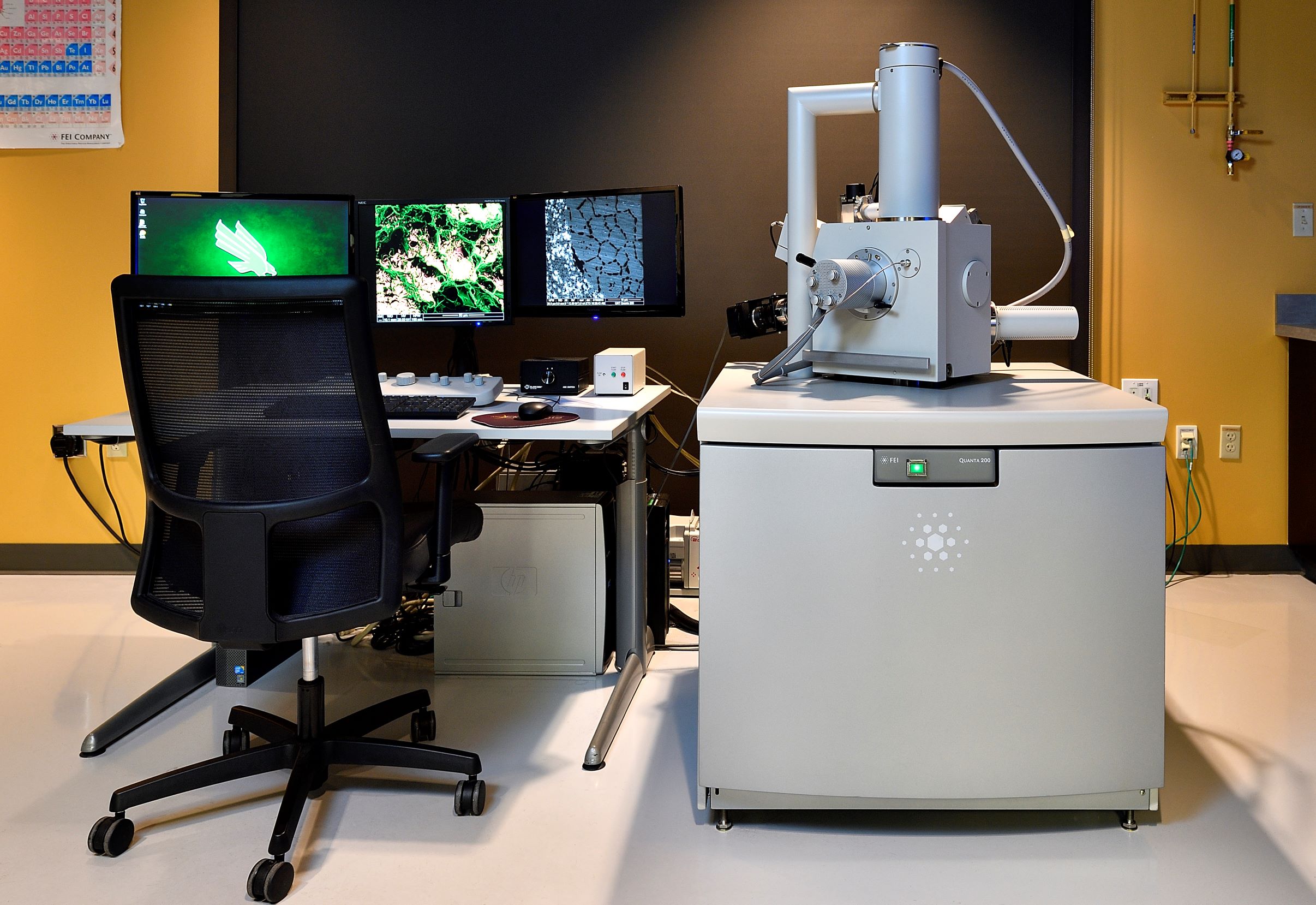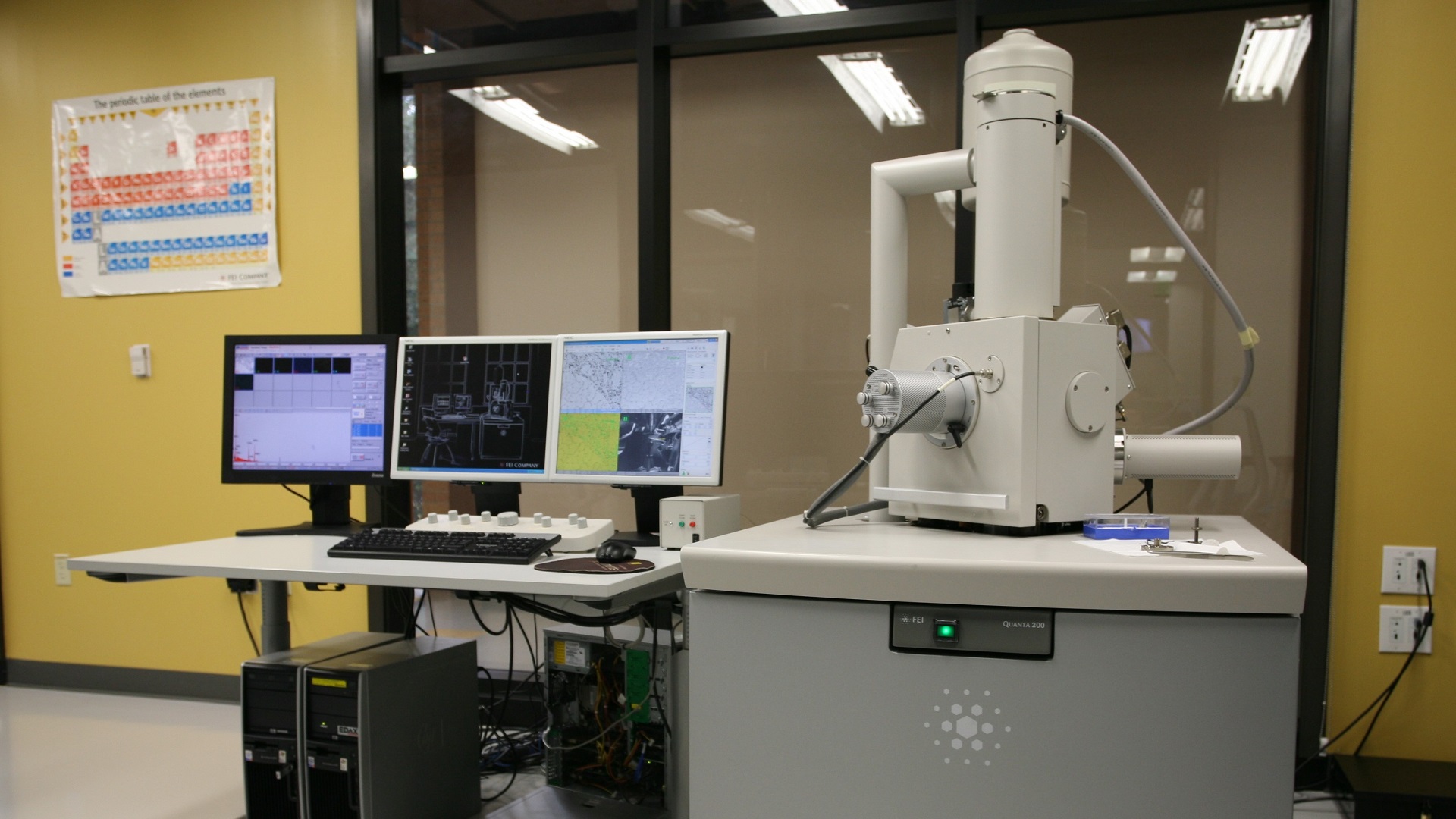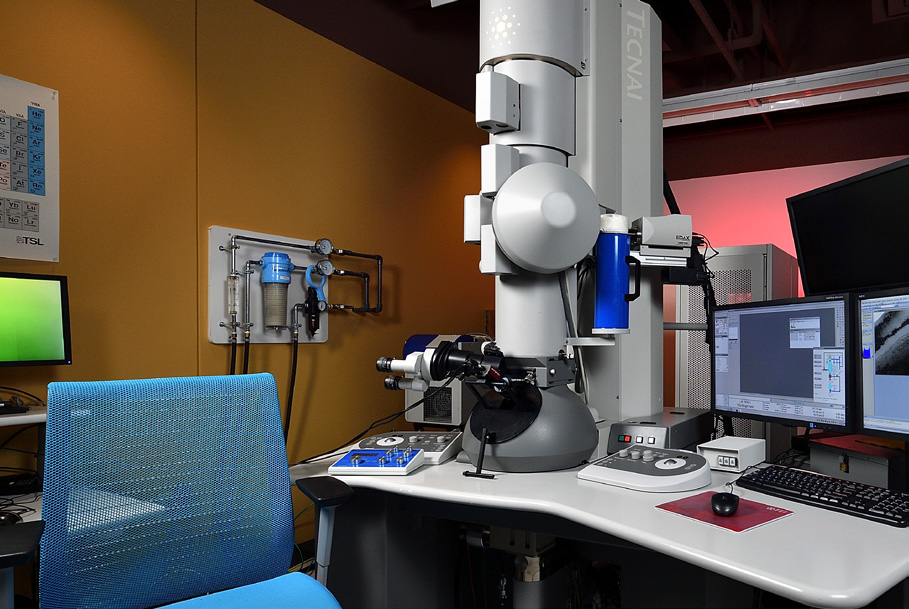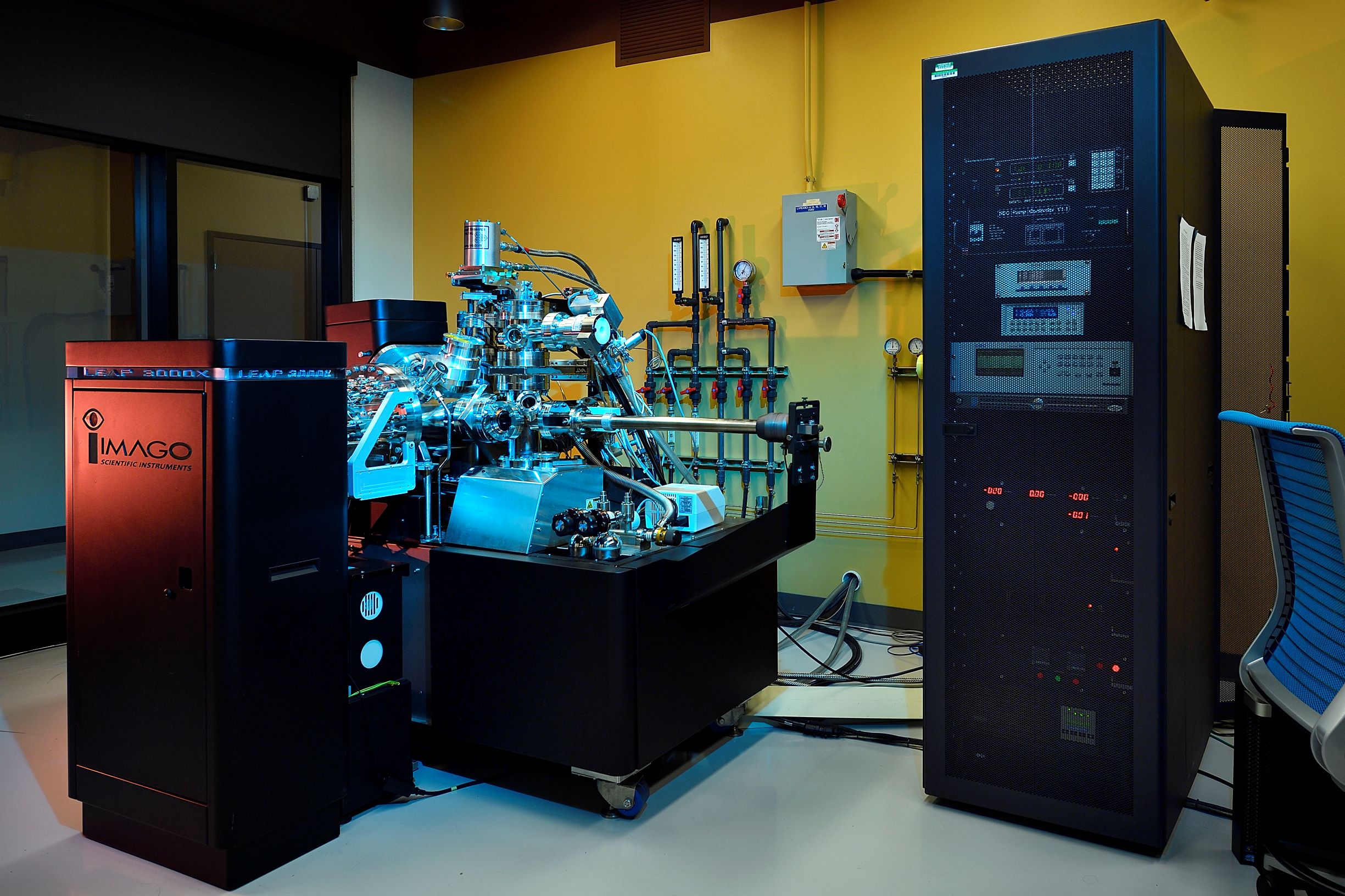



Materials Research Facility
- Materials Research Facility
- User Information
- Information & Forms
- Instrumentation & Tools
- People
- Contact Us
Driving Materials Innovation with Precision and Purpose
Located at UNT’s Discovery Park, the Materials Research Facility (MRF) is one of the nation's most advanced open-access materials research facilities. With on-site 3D Materials Characterization & Metrology instrumentation spanning the macro to atomic scale, MRF empowers high-impact discovery, interdisciplinary collaboration, and real-world outcomes.
Facility at a Glance
The MRF at the University of North Texas drives excellence in engineering and applied science by providing the advanced technical infrastructure needed to power groundbreaking research. Dedicated to fostering collaborative, interdisciplinary innovation, the MRF connects researchers across UNT departments and with external institutions to accelerate discovery and strengthen UNT’s leadership in materials science and technology.
Guided by a vision to build world-class laboratories, foster cross-disciplinary partnerships, and attract multi-faceted research and development projects, the MRF plays a key role in advancing UNT’s reputation as a top-tier national research university. Through its commitment to supporting pioneering work in significant technology areas, the MRF continues to catalyze impactful research and development that shapes the future of materials science.
-
- 5,500 sq ft state-of-the-art instrumentation and collaborative space
- Atomic‐to‐macro-scale instrumentation for 3D Materials Characterization and analysis
- One of the few U.S. public universities offering this open-access instrument suite
- Seamlessly integrated fabriacted-to-analysis flow with co-located Additive Manufacturing and Nanofabrication Cleanroom labs
Multi-Dimensional Characterization Lab (MDCL)
Through the Multi-Dimensional Characterization Lab (MDCL), MRF offers state-of-the-art tools for investigating the structure, chemistry, and composition of materials at the atomic scale. Located next door to two advanced processing labs on UNT's Discovery Park campus, processing labs on UNT’s Discovery Park campus, the CAAAM 3D Additive Manufacturing Processing lab, and the CMEE Nanofabrication Cleanroom, the MRF MDC Lab offers seamless integration between fabrication and analysis through advanced instruments, including the FIB-SEM, HRTEM, and 3D atom probe microscope. Its unique combination of capabilities supports researchers across disciplines and industries — from aerospace to energy — making UNT one of the few public universities nationwide with such comprehensive materials characterization resources.
Visit MRF
Materials Research Facility
Discovery Park Suite E-178, 3940 North Elm St., Denton, TX 76207